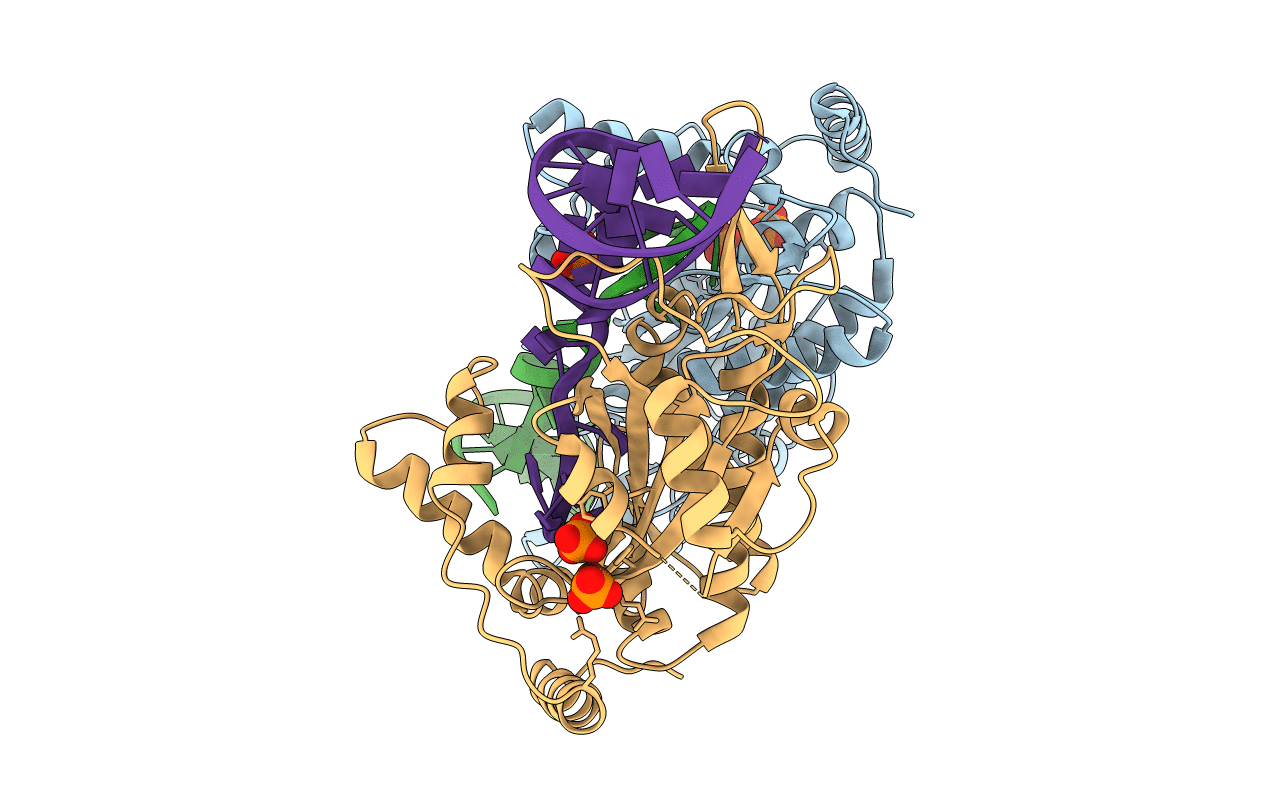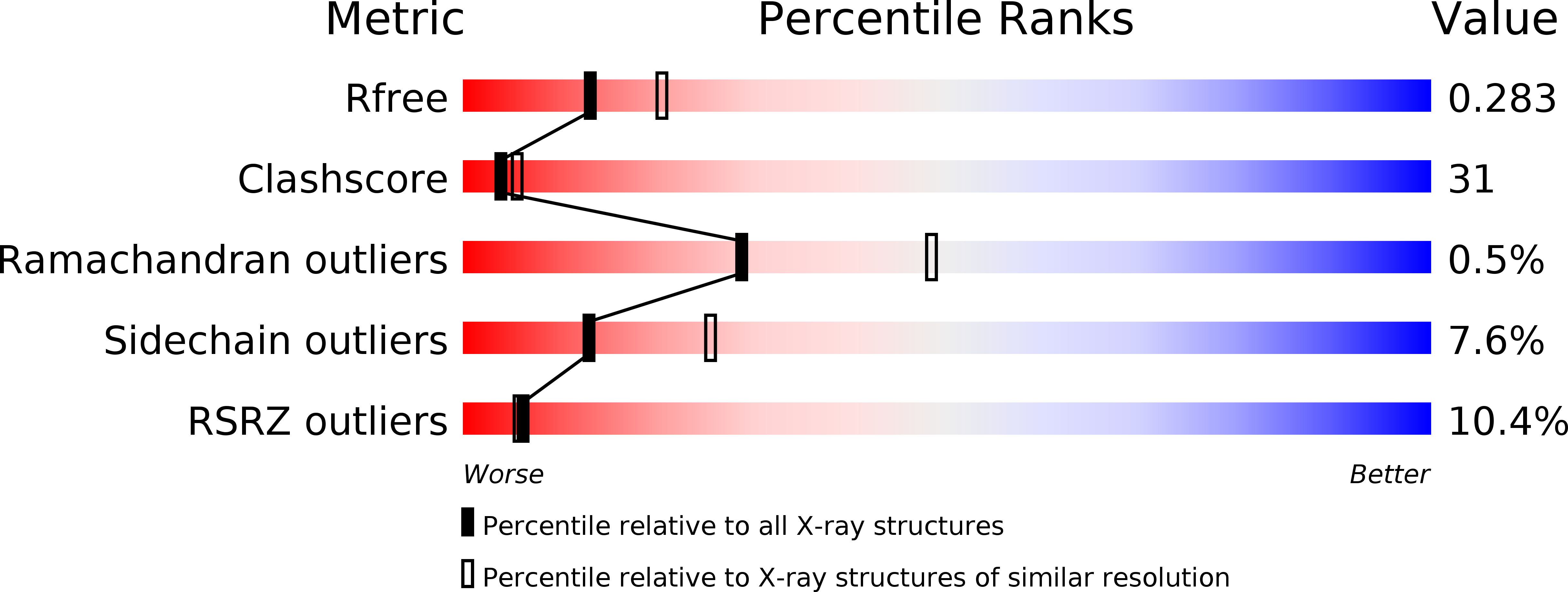
Deposition Date
2014-04-14
Release Date
2014-09-17
Last Version Date
2023-12-20
Entry Detail
PDB ID:
4PCB
Keywords:
Title:
Conjugative Relaxase TrwC in complex with mutant OriT Dna
Biological Source:
Source Organism:
Escherichia coli (Taxon ID: 562)
Host Organism:
Method Details:
Experimental Method:
Resolution:
2.50 Å
R-Value Free:
0.29
R-Value Work:
0.25
R-Value Observed:
0.25
Space Group:
P 65


